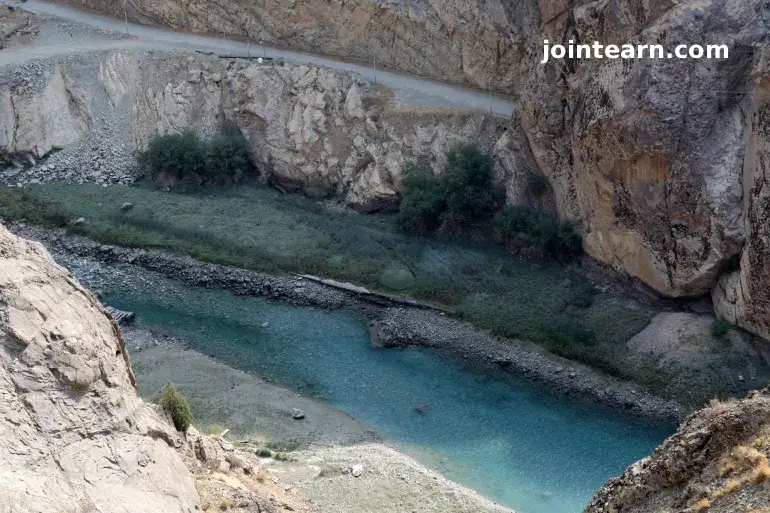
Iran’s capital, Tehran, is on the brink of a severe water shortage as its main reservoir, the Amir Kabir Dam, plummets to dangerously low levels amid an unprecedented drought. Officials from Iran’s state water authority have warned that the city’s primary supply of drinking water may only last another two weeks if immediate measures are not taken.
In a stark statement released on Sunday via Iran’s official IRNA news agency, Behzad Parsa, director of Tehran’s water company, revealed that the Amir Kabir Dam currently holds just 14 million cubic meters of water—a mere 8 percent of its full capacity. This represents a dramatic decrease from the 86 million cubic meters held around the same time last year.
“Based on consumption levels, this remaining water volume will only be enough to supply Tehran for roughly two weeks,” Parsa said, underscoring the critical urgency of the situation.
Historic Drought and Vanishing Rainfall: Tehran’s Worst Water Crisis in a Century
Tehran, a sprawling metropolis home to more than 10 million people, has long depended on five major dams fed by snowmelt and rainfall from the Alborz Mountains. However, the city is now enduring its worst drought in decades, with local authorities reporting a “100 percent decrease in precipitation” across the region in the past year.
Climate data confirms that rainfall in Tehran province has fallen to record lows, with officials describing the current levels as “nearly without precedent in the last hundred years.”
The Alborz Mountains—a historically reliable source of fresh water—have experienced drastically reduced snowfall as temperatures in Iran have soared. The country’s climate has become hotter and drier, intensifying the effects of water mismanagement and high consumption levels.
Tehran’s Daily Water Needs: A Race Against Time
According to Iranian media reports, residents of Tehran collectively consume around three million cubic meters of water per day, meaning the city’s current reserves are dangerously insufficient.
In an effort to conserve what little water remains, authorities have already begun implementing emergency restrictions. Water supply has reportedly been cut to several neighborhoods, and rolling outages have become increasingly common, especially during peak summer months.
This year’s extreme heat—often exceeding 40°C (104°F) in Tehran and 50°C (122°F) in southern regions—further worsened the crisis. In July and August, the government declared two public holidays specifically to reduce energy and water usage, as power cuts also plagued major cities.
Iranian President Masoud Pezeshkian has previously warned that the situation is even more severe than publicly acknowledged.
“The water crisis is more serious than what is being discussed today,” he stated, urging immediate attention to the crisis.
Wider Regional Impact: From Iran to Iraq
The crisis in Tehran is part of a broader water emergency affecting the Middle East. Neighboring Iraq is facing its driest year since 1993. The Tigris and Euphrates rivers, which flow into Iran and the Persian Gulf, have seen water levels plummet by up to 27 percent due to both low rainfall and upstream usage restrictions.
These shrinking rivers are creating a humanitarian emergency in southern Iraq, where water scarcity is devastating agriculture, livelihoods, and community health.
What’s Causing Iran’s Water Crisis?
Experts and environmental activists point to a combination of factors:
- Climate Change: Increasingly severe droughts and heatwaves are reshaping Iran’s ecosystems and water resources.
- Mismanagement: Decades of poor water policy, including overreliance on groundwater extraction and unsustainable farming practices, have left Iranian reservoirs depleted.
- Urban Growth: Cities like Tehran have expanded rapidly, driving up demand while aging infrastructure struggles to keep pace.
Officials have not yet provided full details on the status of the other four dams supplying Tehran, but all signs point to a fast-approaching tipping point.
As Tehran stares down a profound water crisis, both government and civil society are under mounting pressure to address the situation—before taps run dry and a humanitarian emergency unfolds in one of the Middle East’s largest cities.


Leave a Reply